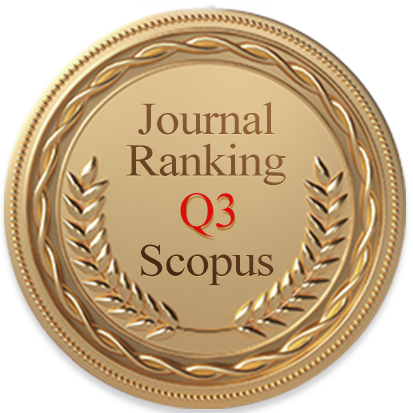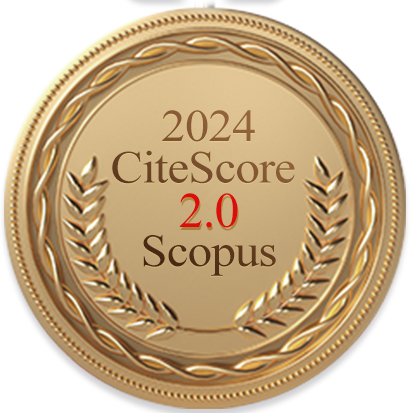Acadlore takes over the publication of IJTDI from 2025 Vol. 9, No. 4. The preceding volumes were published under a CC BY 4.0 license by the previous owner, and displayed here as agreed between Acadlore and the previous owner. ✯ : This issue/volume is not published by Acadlore.
This issue/volume is not published by Acadlore.
Volume 9, Issue 3, 2025
Research article
|
|
Pages 461-471

Abstract
Research article
|
|
Pages 473-483

Abstract
Research article
|
|
Pages 485-492

Abstract
Research article
|
|
Pages 493-503

Abstract
Research article
|
|
Pages 505-515

Abstract
Research article
|
|
Pages 517-526

Abstract
Research article
|
|
Pages 527-538

Abstract
Research article
|
|
Pages 539-550

Abstract
Research article
|
|
Pages 551-560

Abstract
Research article
|
|
Pages 561-569

Abstract
Review article
|
|
Pages 571-588

Abstract
Research article
|
|
Pages 589-598

Abstract
Research article
|
|
Pages 599-608

Abstract
Research article
|
|
Pages 609-618

Abstract
Research article
|
|
Pages 619-628

Abstract
Research article
|
|
Pages 629-644

Abstract
Research article
|
|
Pages 645-655

Abstract
Research article
|
|
Pages 657-664

Abstract
Research article
|
|
Pages 665-676

Abstract
Research article
|
|
Pages 677-687

Abstract
- no more data -
Submission to First Decision

36 days
Submission to Acceptance

77 days
Acceptance to Publication

39 days





